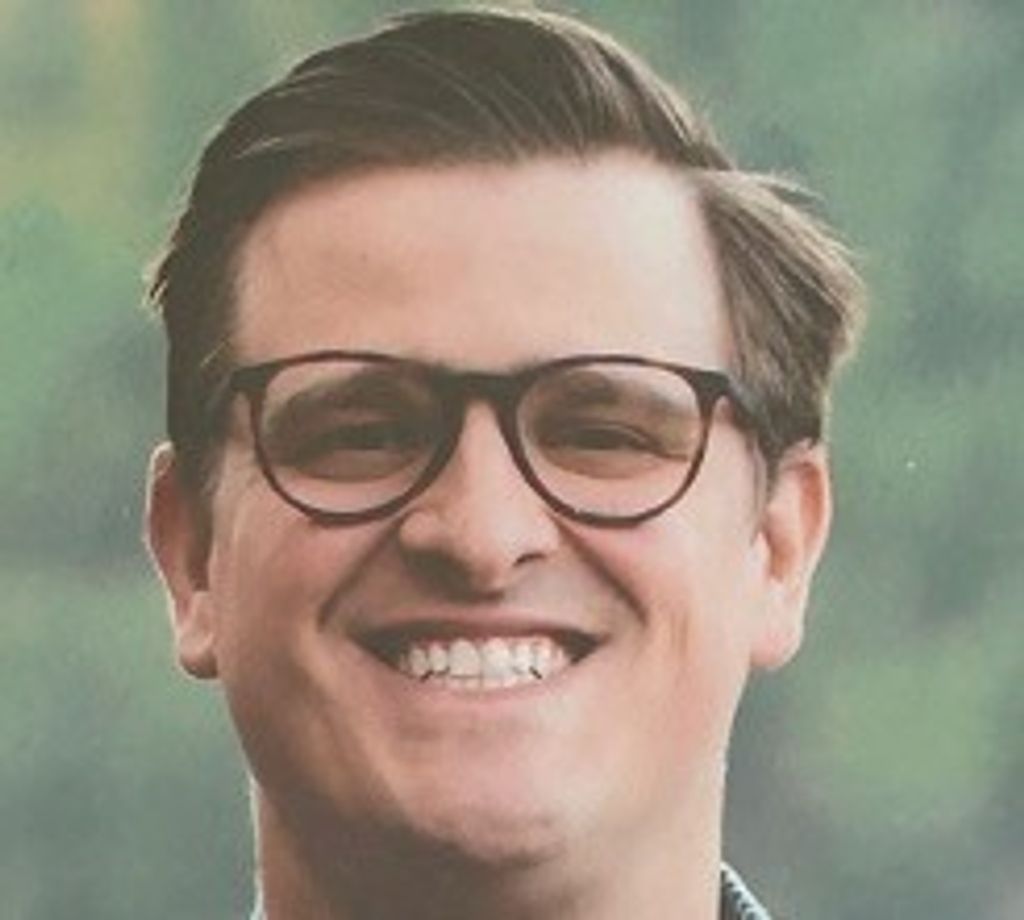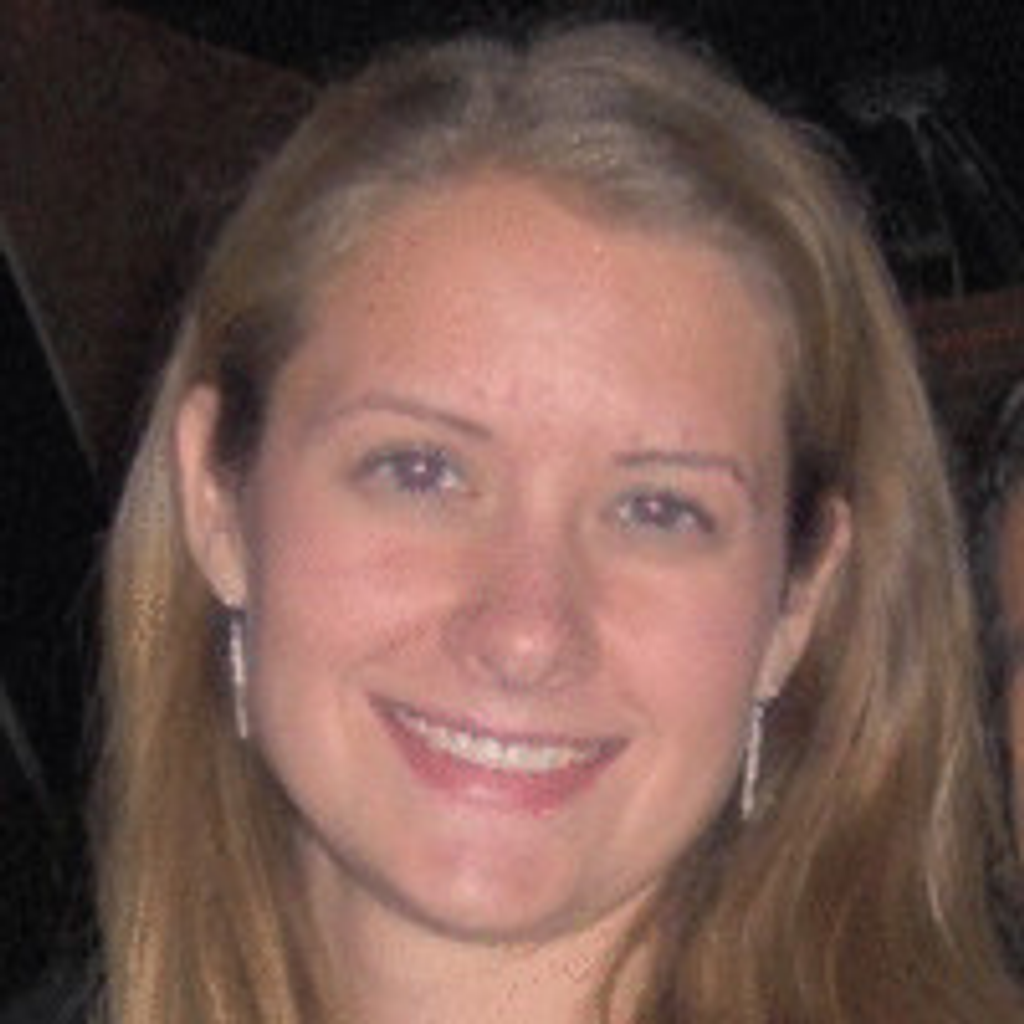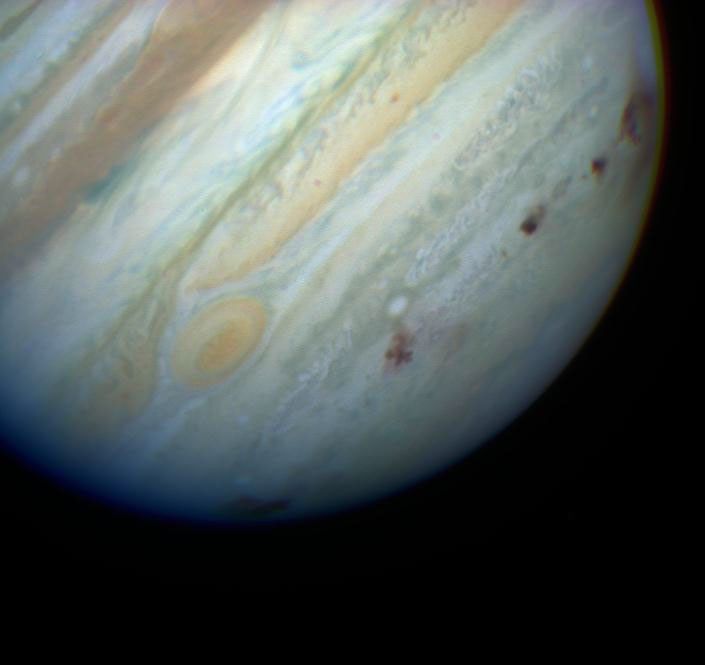
Kelly E. Fast
Program Scientist | NASA Headquarters
Contents
- Q&A With Dr. Kelly Fast
- What first sparked your interest in space and science?
- How did you end up working in the space program?
- Tell us about your job. What do you do?
- What's one piece of advice you would give to others interested in a similar career?
- What has been your biggest challenge, professional or personal, and how did you overcome it?
- Who inspires you?
- What have been some of your favorite projects to work on?
- What are some fun facts about yourself?
- What is your favorite space image and why?
Kelly E. Fast is the acting Planetary Defense Officer in the Planetary Defense Coordination Officeat NASA Headquarters. The Planetary Defense Coordination Office manages planetary defense related activities across NASA and coordinates with U.S. interagency and international efforts to study and plan a response to the asteroid impact hazard. She also manages the Near-Earth Object Observations Program tasked with “finding them before they find us” and more, along with its the Yearly Opportunities for Research in Planetary Defense (YORPD) research solicitation. Kelly is the Coordinating Officer for the International Asteroid Warning Networkwhich is the worldwide collaboration of asteroid astronomers and modelers recommended by the United Nations and organized by NASA. She is also the Program Scientist for NASA’s Infrared Telescope Facility (IRTF).
Previously, Kelly led multiple research and analysis programs in the Planetary Science Division, including the Solar System Observations program, Planetary Astronomy program, and Planetary Atmospheres program. She also served as the Program Scientist for NASA’s Mars Atmosphere and Volatile Evolution (MAVEN) mission. Before coming to NASA Headquarters in 2011, Kelly was a research astronomer at NASA’s Goddard Space Flight Center working with a group that developed very high spectroscopic resolution infrared instrumentation to study planetary atmospheres, most recently the Heterodyne Instrument for Planetary Wind and Composition (HIPWAC) used on ground-based telescopes. Among her areas of research were ozone and atmospheric chemistry on Mars, atmospheric dynamics on Titan, and the effects on Jupiter’s stratosphere of the Comet Shoemaker-Levy 9 impacts in 1994 and an apparent asteroid impact in 2009. She was a regular visiting astronomer at NASA’s Infrared Telescope Facility (IRTF) on Maunakea, Hawai’i. She served on the Joint Management Operations Working Group for the IRTF and NASA’s involvement in the W. M. Keck Observatory. Main-belt asteroid 115434 (2003 TU2) was renamed “Kellyfast” in honor of her contributions to planetary science.
Kelly earned her bachelor’s degree in astrophysics at the University of California at Los Angeles and her master’s and doctorate degrees in astronomy at the University of Maryland at College Park with thesis research focused on the only direct measurements of ozone in the atmosphere of Mars possible from ground-based telescopes.
Q&A With Dr. Kelly Fast
Kelly Fast grew up with the Hollywood sign and the Griffith Observatory out her bedroom window. She felt too nerdy for the Hollywood lifestyle, but the observatory won her heart. She’s an astronomer and works in NASA’s Planetary Defense Coordination Office. In her profile she speaks about her career — and finally getting her red carpet moment.
What first sparked your interest in space and science?
As a kid, I came to love astronomy and “Star Trek” and “Space: 1999,” and shows like that. So I always thought I wanted to be an astronomer.
How did you end up working in the space program?
When I went to college to study astrophysics and astronomy, I wasn’t even thinking about NASA at the time. But along the way, I ended up working at Goddard Space Flight Center. And that’s when I realized, that’s what I loved as a kid — the planets. So, I got involved in planetary science and doing ground-based astronomy, studying planetary atmospheres from observatories, including the NASA Infrared Telescope Facility (or IRTF, on Mauna Kea on the Big Island of Hawaii).
Later on, I was asked to serve on a temporary assignment, called a detail, at NASA Headquarters, to manage some programs. So, I went from being a user of a NASA telescope to being responsible for telescopes at NASA Headquarters.
Along the way, I was also the program scientist for NASA’s Mars MAVEN mission for a little while, through development and launch operations.
At some point, I started working more with Lindley Johnson (NASA’s Planetary Defense Officer) on managing the Near-Earth Object Observations Program. Before I knew it, I was managing that program. NASA’s Infrared Telescope Facility (IRTF) also became part of that program, so I guess I came along with it.
My first observing run was actually observing comet Shoemaker-Levy 9. When the comet impacted Jupiter, I was out at the IRTF watching it happen. At the time I was studying the effects of the comet’s impact on Jupiter, rather than the impactors (the comet fragments) themselves. So I feel like I’ve come full circle, where now I’m actually dealing with the impactors themselves (asteroids and comets) and managing and supporting the projects to do that work.
Tell us about your job. What do you do?
My job is all about trying to find the asteroids before they find us, understanding the asteroid population and their characteristics, and then helping to put resources in place so that if there ever is an impact threat, the pieces are there for addressing it.
So there’s what we call the “programmatic” side — just managing the program, managing the funding, shepherding us through the budget cycle. But then there are other aspects of it, because planetary defense does make the news a lot. It can be a lightning rod sometimes. There are things that end up in the media that we have to address, like maybe the close approach of an asteroid, which could be a significant event. But lots of times a close approach isn’t a significant event. We find that a lot, where there’ll be stories in the news media making a big deal about something that really, in our eyes, just isn’t. But it has to be addressed anyway, if it’s starting to get a lot of visibility, and some reassurance is needed.
There’s also responding to Congress. We have to report to Congress on what we’re doing with the funds that are appropriated for this purpose — for the NEO Observations Program and for other things like the DART mission, and for the NEO Surveillance Mission that’s being developed.
Part of it is just working with some really amazing people, like working with Lindley as Planetary Defense Officer, and the amazing people in the planetary defense community, too.
And then the cool opportunities, like doing the “Asteroid Hunters” documentary film, for instance, or other opportunities to maybe get to interact with the press, or do special events.
Sometimes I can’t believe I’m doing this job. It can be difficult at times, but then, if I get an opportunity to go speak to a school group, or speak in public, all of a sudden it sounds like it’s all really exciting. So I think sharing about planetary defense is what it’s all about. Those are the things that I look forward to in the job.
What's one piece of advice you would give to others interested in a similar career?
Be willing to stretch yourself. Even people who decide to go into some aspects of science can get very focused on one narrow aspect of the field. Be willing to broaden yourself, and be prepared to make leaps into adjacent fields, because the things you learn in school, or when you first get into the field, really just equip you to go elsewhere.
But don’t limit yourself. I never would have expected to be doing this kind of work. I didn’t start out in this position. But, as I’ve gotten to know so many more people in this field, I find that people who have broader experience have so much more to offer.
So don’t be afraid to stretch and try some other things. But if you’re interested in planetary defense, it’s not like there are college majors for it. If you’re interested in this area, learn more about it, because a bunch of pieces come together to make the field, like asteroid searches, asteroid research, the study of orbital dynamics, and even things having to do with policy. This field doesn’t happen in a vacuum.
What has been your biggest challenge, professional or personal, and how did you overcome it?
I think one of my biggest challenges was going back to school for my Ph.D.
I had stopped after my master’s, and I was working at NASA’s Goddard Space Flight Center, and I was having kids, and I was raising my kids, and working part time, and really content with that. And then I was encouraged to go back to school. And I did that, but boy, that was, for me…That was a big step. I certainly was not super confident about it. And it was kind of intimidating, the idea of going back and doing that, especially as a mom with two kids and dirty dishes in the sink and everything.
And so that was a challenge for me. I mean, not the academic difficulty, but just trying to take my life in that direction again — to go back to school, and with all these other things happening in my life, with being a mom and everything, and being committed to that.
But overcoming it, I must say, I have to credit the people around me who encouraged me — my family, the people at Goddard who encouraged me to go back to school, the people at the University of Maryland who helped support me through it. And so that really was what got me through, and then also taught me how to be that for other people — to be that kind of encouragement.
My daughter was in first grade at the time. And I remember sitting at the dining room table working on my homework next to her while she was working on her homework and thinking, “Oh my goodness.” Just like, “I’m getting too old for this.” But it worked, yeah. You’re never too old to learn.
Who inspires you?
Certainly, when you’re talking about Planetary Defense, working with Lindley Johnson, the Planetary Defense Officer. His career — and this goes way back — he coined the term, and he started working on this issue while he was still in the Air Force, even before he came to NASA. So just getting to be on his team, that’s been quite an inspiration.
My family inspires me too. And then I’ve got so many friends at church who are such an inspiration to me, and help me keep in perspective what’s important in life.
What have been some of your favorite projects to work on?
If there was one particular thing, especially related to where I am now, just to be able to look back at being involved and observing the impacts of Comet Shoemaker-Levy 9 with Jupiter. I was involved in the analysis of that — and really a lot of that work was part of what positioned me where folks were saying, “Get your butt back in grad school, finish that Ph.D.”
In addition, the birth of my kids — those were big impacts too!
What are some fun facts about yourself?
Something I say a lot is I literally did grow up with the Hollywood sign and the Griffith observatory out my bedroom window, and apparently the observatory won.
I have my red carpet moment coming up — finally — as a Hollywood native, because I got to have an appearance in this IMAX movie that’s going to be coming out soon called “Asteroid Hunters.” So at least I can bring in the Hollywood part of my life.
I’m really into music. I love to sing, and I like to say I’m mediocre on a lot of instruments. But it’s funny because even though I’m a Hollywood native, I never really felt like I fit that well because I was such a nerd. But those little Hollywood aspects come out, I guess, because I’ve always enjoyed things like video production and doing sciencey music videos and making sure everything all flows together well. I’m in a band at church, and I just have a passion for music.
I also love to crochet, and so I love to try to crochet things. I like to crochet garments that aren’t tacky, which I think I’m finally starting to learn how to do.
I’m a ham radio operator, although I’m not as active as I want to be. My call sign is a N3XUJ, November, three, X-ray, uniform, Juliet. So I’m a dinosaur ham radio operator who’s not active enough, but I keep wanting to try — if I can find time — to ramp up that activity again.
At the time I got my license, Morse code was required. It required a 20-words-per-minute Morse code test. I barely passed. Then over time, countries dropped the Morse code requirement. But I always joke that in the movies, it’s Morse code that saves the day. (So that’s my foreign language, I guess.)
What is your favorite space image and why?
This Hubble Space Telescope image showing comet Shoemaker-Levy 9 impact sites on Jupiter is a favorite, because I observed those impact sites from NASA’s Infrared Telescope Facility (IRTF) at the time, during my first observing run. Years later, I’m the program scientist for IRTF and I manage the Near-Earth Object Observations Program that looks for impact threats to Earth. So my life has come full circle!
Read More




























